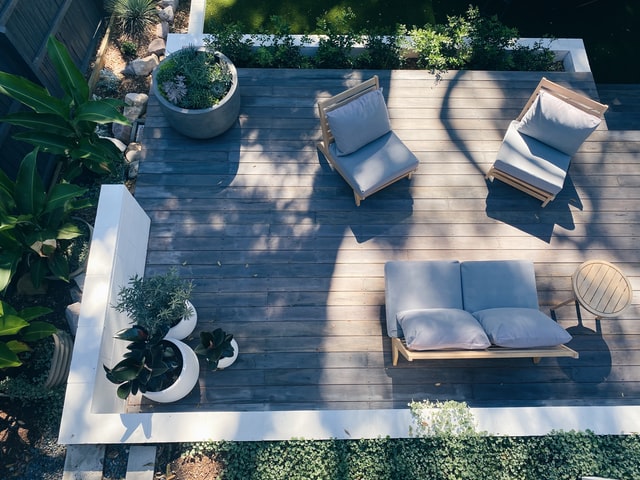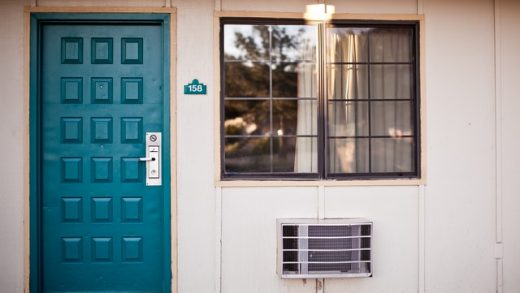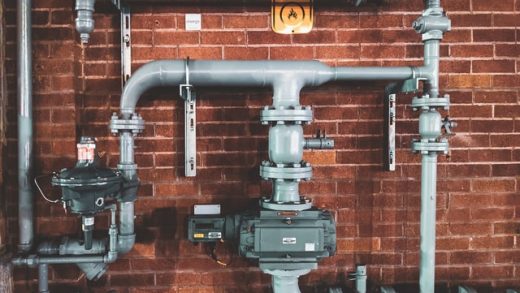An automated bronze door is a modern marvel that can easily open and close. The door can be operated by remote control and is compatible with most door controls. Safety sensors are positioned in the clear opening of the door. The door is automatically opened by the door controller when the sensor activates the door. Other features of an automated entry include transoms and sidelights that can be incorporated around the door.
Safety Sensors in the Clear Opening of the Door
The safety sensors in automated bronze doors New York are usually located at the bottom corner of the opening. They work by sending and receiving a signal of infrared light. The sending unit is similar to a flashlight, while the receiving sensor acts like an electronic eyeball. These sensors are in a place where a human can’t touch them. If anything blocks the safety sensors, the door will reverse its motion. A warning light will also flash several times.
Safety sensors in an automated bronze door help to prevent the door from closing if there is an obstacle in the way of its opening. When it is opened or closed, the safety sensors automatically reverse the leaves to prevent it from closing if a person is in the way. They also store the obstacle’s position and slowly approach it on the next movement. Optional emergency power systems are also available to ensure that the door closes appropriately in an emergency.
The automatic Door Controller Receives an Activation Signal From the Sensor.
An automatic door opens and closes on its own. It works by receiving a signal from a sensor and then operating a belt or pulley. It also detects motion in a designated area to prevent unwanted entrance and exit. This door type has a door controller and gear motor and can be switched off during maintenance. There are two types of sensors: an optical sensor and an ultrasonic sensor.
These sensors work by sending an activation signal from the sensor to the door controller. This signal is transmitted to the door opener, and the door controller opens and closes. Some doors are wireless, meaning the door opener can be controlled remotely. A battery or solar panel powers others.
Microwave sensors are more expensive than infrared sensors but can cover a wider area. However, they are susceptible to electrical interference. Automatic doors can also detect an activation signal from a video intercom or an access control system. The door controller receives a signal from the access control system, which may come from a key card, fob, or smartphone.
Sidelites and Transoms can be Incorporated Around the Doors
A sideline or transom is a glazed opening on an exterior or interior door. It allows light to enter the room and increases the visibility of the door for pedestrians. It can be a single glass pane or several, separated by a framing mullion. It can be used to add character to a contemporary design or to enhance a traditional design.
If the door is fire-resistant, sidelites and transoms may be used in conjunction with the door. The transom must be made of fire-resistant material. It cannot be made of wired glass or ceramic.
Transoms and sidelites can be integrated around automated bronze doors for style and function. They add elegance and sophistication to a home and enhance curb appeal. They also improve the ventilation of a home. Historically, transoms were used to control ventilation in buildings. They could be opened to allow air to flow into the room. However, today, transoms and sidelites are generally fixed and used only for decorative purposes.
Examples of Balanced Doors in Medieval Architecture
There are several examples of balanced bronze doors in medieval architecture. The oldest one is in the Amalfi Cathedral (1060 AD) on the Amalfi Coast. There are also examples in Rome, Pisa, and Aix-la-Chapelle. The Romans mainly used bronze doors because they were cheap and malleable. These examples are still admired today. One of the best examples is the Santi Cosma e Damiano church in Rome. The door is decorated with fifty-four panels representing scenes from the New Testament.
This door was made in Canosa di Puglia, Italy, and resembles early medieval Byzantine doors. It was restored in the years 1914 and 2001. The door is one of the minor examples of balanced bronze doors in medieval architecture and is also one of the only ones decorated on both sides.
The composition of the images and text on the Bishop Bernward door is distinctive. The images are centered in the front section of both doors and are balanced with the door frames.




